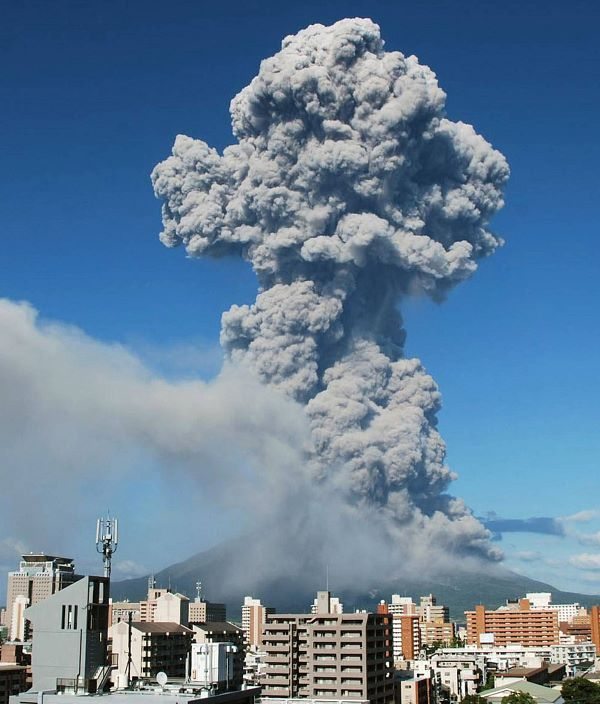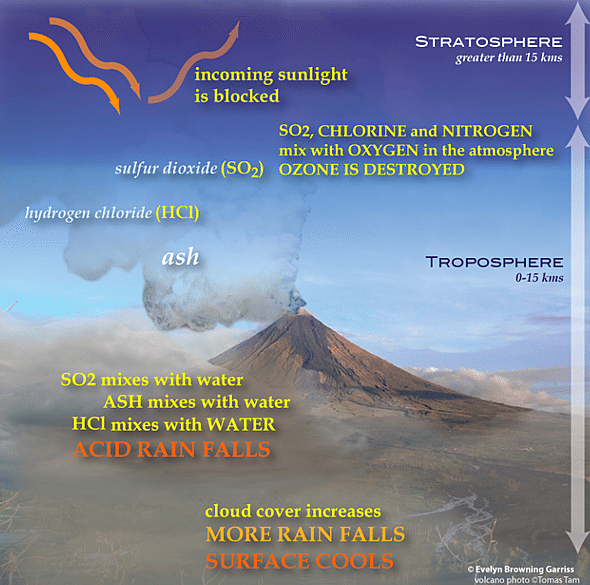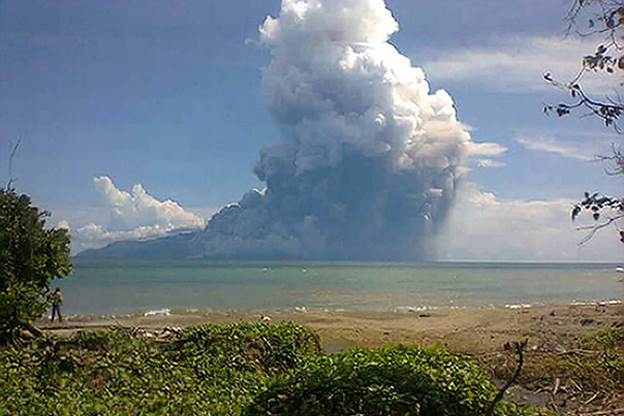Sent from my iPad
Begin forwarded message:
From: Dr Sircus - IMVA <newsletter@drsircus.com>
Date: September 3, 2013 2:16:36 PM GMT-06:00
To: <Bobbygmartin1938@gmail.com>
Subject: Revisiting Global Cooling
Reply-To: Dr Sircus - IMVA <newsletter@drsircus.com>
Trouble Reading This? - Read it on Dr Sircus' Website
Revisiting Global Cooling
No matter how much we read about global warming what we still might be faced with is just the opposite, which is global cooling. I have been writing about global cooling for years in the face of the manmade hysteria of global warming. I have to admit that there have been several moments when I thought I was perhaps in error when we read the news about sweltering temperatures but at heart and in my mind I have stayed the course of my beliefs in the science that suggests our troubles are not going to be what public officials fear.
The entire conversation between global warming and global cooling has been overtaken by the reality, conceded by all today, that we are in the midst of violent climate change. There are some places in the world that never seem to change, and in the two different places I live in Brazil such is the case. So one might wonder why I have been so passionate about global cooling. Well it is my passion for truth and science, neither of which show their beautiful heads in public media.
One way or another humanity is being served up on a plate of violent climate change and current trends promise to continue and perhaps get dramatically worse. We are just in the beginning phases yet already only the blind, deaf and dumb cannot see or feel the rising threat, even if it's not happening in your neighborhood.
The Peruvian government has extended to nine more regions a state of emergency called to cope with unusually cold weather and heavy snowfall.
The BBC is already previewing all of this, "If politicians are to be believed, migration caused by climate change will cause the world huge problems. One of the latest to repeat the warning is UK shadow immigration minister Chris Bryant, who, like many others before him, said 200 million people may be forced to flee their country."
The latest news from Accuweather from the US says, "It's been a cool summer across a large portion of the central and eastern U.S., and another push of cool air moved into many of these same areas over the past week. The persistent cool weather is well-reflected in national extreme temperature statistics from the National Climatic Data Center. For the year to date, the total number of daily record lows across the country is outnumbering the number of record highs by about a 6-to-5 ratio, a stunning reversal from the dominant pattern in recent years. Last year, during the hottest year on record stateside, daily record highs overwhelmed record lows at this point by a whopping 9-to-1 margin, and since the start of 2010 that ratio is roughly two and a half record highs for every record low."
What caught my attention, provoking me to write this essay, was another communication from Accuweather about the possible explanation for the current cooling trend. It was no surprise to me that they are talking about how large volcanic eruptions have been known to influence climate. They were talking about the June eruption of Mount Sheveluch in Russia. Experts continue to compare this eruption to others from history and debate whether it could have induced the cooler Midwestern weather.
"Large Russian volcano eruptions tend to cool the Midwest," Historical Climatologist Evelyn Browning-Garriss said. When a volcano erupts, if it is large enough, it can send debris miles into the stratosphere. The stratosphere is the atmosphere above where weather takes place, approximately 6-8 miles off the ground.
Debris sent into the stratosphere by an eruption can include volcanic ash, chemicals and gases, specifically sulfur. This debris can influence temperatures by aiding in a decreased amount of solar radiation. However, this is only the initial effect, the large effects of an eruption are not always immediate. Following an eruption, debris can build in the stratosphere over time and linger for years after.
Large volcanic eruptions release various kinds of debris into the stratosphere, which can increase cloud cover, rainfall and cool surface temperatures. (Evelyn Browning-Garriss, the Browning Newsletter)
I am afraid though that Accuweather and even Evelyn Browning-Garriss are not focusing on the full threat. Scientists reported increased activity at one of Alaska's largest volcanoes last Friday. The Alaska Volcano Observatory reported increased activity, including lava fountaining and ash emissions up to 20,000 feet.The day before we had reports that Japan's Sakurajima volcano (image at the top) blasted 100,000 tons of ash more than five kilometers into the sky, reminding surrounding communities of its power and volatility.
The week before we read from Guatamala that a major eruption occurred. Starting at 17:45 (local time), the top part of the Caliente lava dome collapsed and produced a series of relatively large pyroclastic flows and explosions. Ash plumes rose more than 2 km to elevations of 4 km altitude. The cause of the eruption was likely the accumulation of pressurized magma and gas under the dome composed of viscous (solid) lava. The pyroclastic flows affected mainly the south, southeast and NNE sides. Bombs from explosive activity were ejected to distances of 500 m.
Skipping over many more minor eruptions and many severe earthquakes, sinkholes and record rain falls and flooding in Russia and the Philippines, we go back only twenty days to Indonesia:
A volcano eruption in central Indonesia has spewed hot ash and rocks high into the air and left six people dead. Mount Rokatenda, on the tiny island of Palue, sent fast-moving red-hot ash onto a nearby beach, leaving three adults and two children dead.
And if that were not enough today we read and see about another Guatemalan volcano blowing it top:
A phase of increased lava flow activity occurred this morning from about 6 am local time, generating a series of pyroclastic flows that descended several ravines on different, but mostly the southwestern side of the volcano. The volcano has been in moderate effusive activity for at least the past two weeks, feeding relatively small lava flows on the upper steep slope. A sudden increase in effusion rate seems to have caused the destabilization of the lava flows, generating rock falls that turned into pyroclastic flows. The lava flows have quickly increased from previously 200 m to about 2 km length. The surge of magma supply is also suggested by the appearance of strong tremor pulses the previous night. In the meanwhile, explosive (strombolian) activity from the summit vent has remained weak. An ash plume rising as a by-product of the pyroclastic flows was reported to about 12,000 ft (3.6 km) altitude.
I have not counted lately but there have been about 60 volcanos blowing their tops in the past year or two but who's counting? Add all the plumes and we have a considerable amount of material floating around the atmosphere blocking out the warming rays of the sun. Thank God for Global Warming for without it we might already be in a deep freeze.
Dr. Mark Sircus, Ac., OMD, DM (P)
Director International Medical Veritas Association
Doctor of Oriental and Pastoral Medicine
http://drsircus.com/Share The Knowledge:
Dr. Sircus E-Books:
LEGAL NOTICE: The Author specifically invokes the First Amendment rights of freedom of speech and of the press without prejudice. The information you will receive with our consultations is for informational purposes only under the rights guaranteed by the First Amendment of the Constitution for the United States of America, and should not in any way be used as a substitute for the advice of a physician or other licensed health care practitioner. The statements contained on my sites and in my books have not been evaluated by the FDA. The products discussed are not intended to diagnose, cure, prevent or treat any disease but are proven useful for health and life extension. We always recommend when and wherever possible that licensed local healthcare professionals be consulted.
Our mailing address is:
Dr Sircus - IMVAYou opted in to Dr Sircus Newsletter at Dr Sircus - IMVA's website.
You can contact us at support@drsircus.com or on website at http://drsircus.com/.
Unsubscribe from Dr Sircus Newsletter. Copyright © Dr Sircus - IMVA 2012 all rights reserved











No comments:
Post a Comment